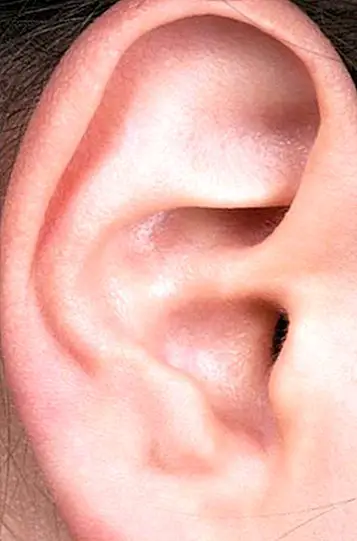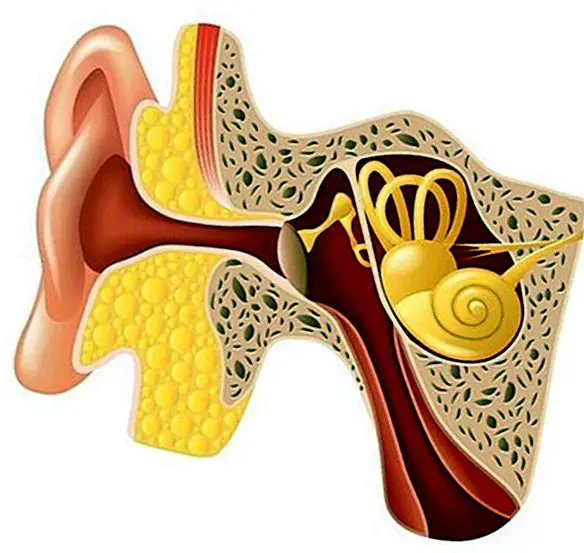What is the eardrum and what is it used for?
Did you know that the eardrum Is it an extremely important part of our hearing? Actually few disorders or conditions usually affect, being the most common-and serious-both the perforations and ruptures. Among its most common causes we can mention the Use of cotton swabs to clean the ears, that unlike what is mistakenly thought in reality are not useful or adequate, especially when we tend to introduce the sticks inside the ear canal, since it is only useful to clean it externally.
Moreover, they are not suitable for removing excess wax, especially if we take into account that the wax fulfills an important function of protection, as it forms part of the natural defenses of our organism, because it helps the ears to remain free of any type of infection, when exerting a lubricating and antibacterial action.

They can also occur as a result of an injury due to an explosion, injuries resulting from swimming or diving or as a result of infections (for example, in the case of chronic otitis media). In fact, sometimes certain impurities or the bacteria themselves can enter the middle ear through the eardrum and cause infections.
In regard to the eardrum, also known by the name of tympanic membrane, consists of a semitransparent and elastic membrane, of conical shape that communicates the external auditory canal with the middle ear, sealing the latter cavity. It is covered by mucous of the middle ear on its inner side, as well as by very thin skin on its outer face. At the same time, it has a kind of concavity or depression towards the external auditory canal.
It is characterized by being very thin membrane, measuring only between 9 to 10 mm. diameter. It has the ability to move as a result of the different vibrations of the air that reaches through the external auditory canal, transmitting to the middle ear through the movement of the bones belonging to the middle ear, being able to transform the different pressure variations into mechanical movement .

That is to say, the eardrum acts as if it were some kind of drum, which tends to vibrate every time it is hit by sound. Precisely, these vibrations are those that move the small bones that we find in the middle ear, and in turn these send vibrations to the inner ear from which a message is sent to the brain, which reacts and reproduces the sound.


